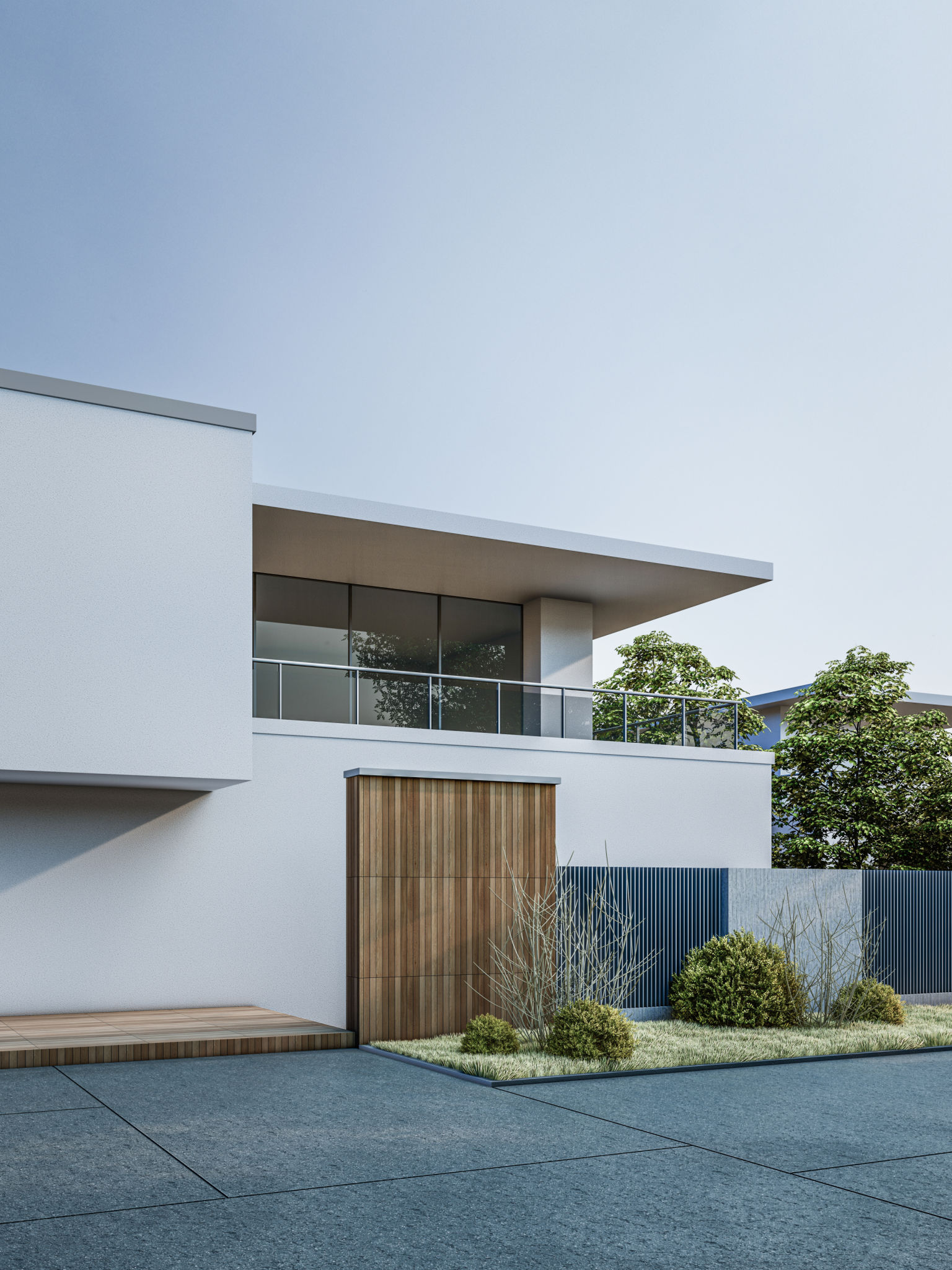Comparing Render Types: Cement, Acrylic, and Lime
Understanding Render Types: An Overview
When it comes to rendering building exteriors, choosing the right material is crucial for both aesthetics and durability. Among the most popular options are cement, acrylic, and lime render. Each type has its unique properties and benefits, making them suitable for different applications. In this post, we'll explore the characteristics of these render types to help you make an informed decision.

Cement Render
Durability and Stability
Cement render is renowned for its strength and durability. Composed of a mixture of sand, cement, and water, it forms a hard, weather-resistant surface perfect for protecting buildings against harsh elements. This type of render is particularly suited to high-impact areas and can be applied to a variety of substrates, including brick and stone.
Aesthetic Versatility
While cement render provides a robust finish, it also offers a degree of aesthetic flexibility. It can be textured or smooth, painted in various colors, or left in its natural grey state. However, its rigidity can sometimes lead to cracking over time, which might necessitate regular maintenance.

Acrylic Render
Flexibility and Crack Resistance
Acrylic render is a modern alternative that incorporates acrylic resins, providing greater flexibility than traditional cement render. This flexibility helps reduce the likelihood of cracking, especially in areas prone to movement or temperature fluctuations. Acrylic render is ideal for modern structures where movement is a consideration.
Ease of Application and Finish Options
Not only is acrylic render less prone to cracking, but it also offers a quicker drying time and can be applied in thinner coats, making it a convenient option for many projects. Homeowners can choose from a wide range of colors and finishes, from smooth and sleek to textured appearances.

Lime Render
Breathability and Environmental Benefits
Lime render has been used for centuries and is prized for its breathability. It allows moisture to escape from the walls, reducing the risk of dampness and promoting a healthier building environment. Lime is also more environmentally friendly, as it absorbs CO2 during the curing process.
Traditional Aesthetics
Lime render is often favored in historic building restoration due to its traditional appearance. It provides a softer look compared to cement and acrylic options and can be left unpainted for a rustic finish. However, lime render requires skilled application and may need more frequent maintenance.

Choosing the Right Render for Your Project
The choice between cement, acrylic, and lime render ultimately depends on your specific needs. Consider factors such as climate conditions, building movement, environmental impact, and desired aesthetics. By understanding the properties of each type, you can select the render that best aligns with your project's requirements.
Whether you're renovating a heritage property or constructing a new home, selecting the right render will enhance your building's appearance and longevity. Evaluate your priorities carefully to ensure you achieve the best results.
